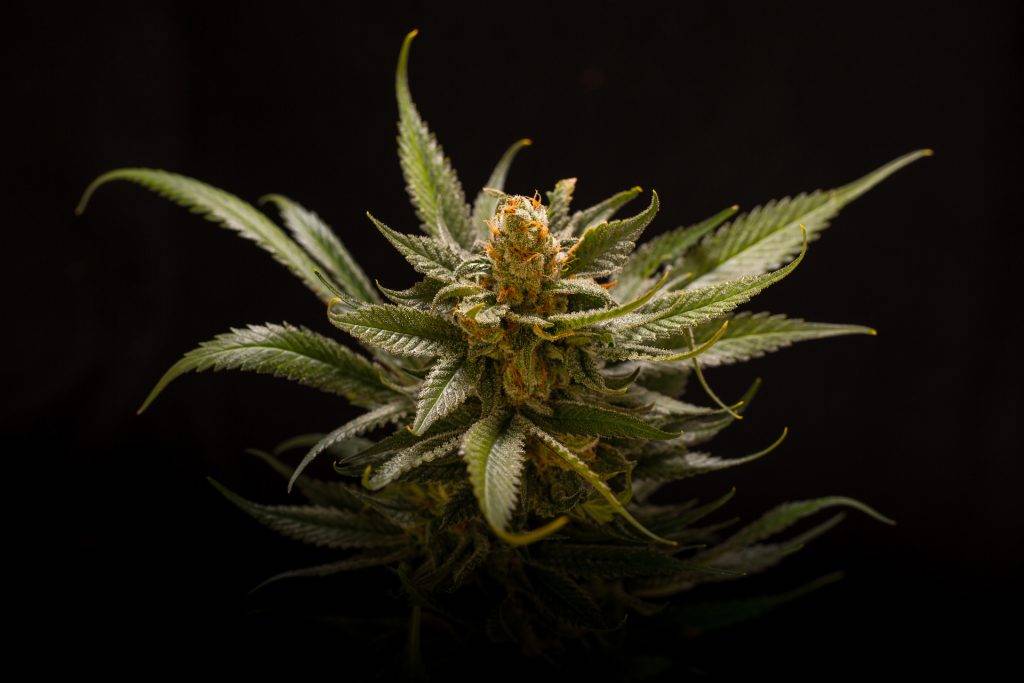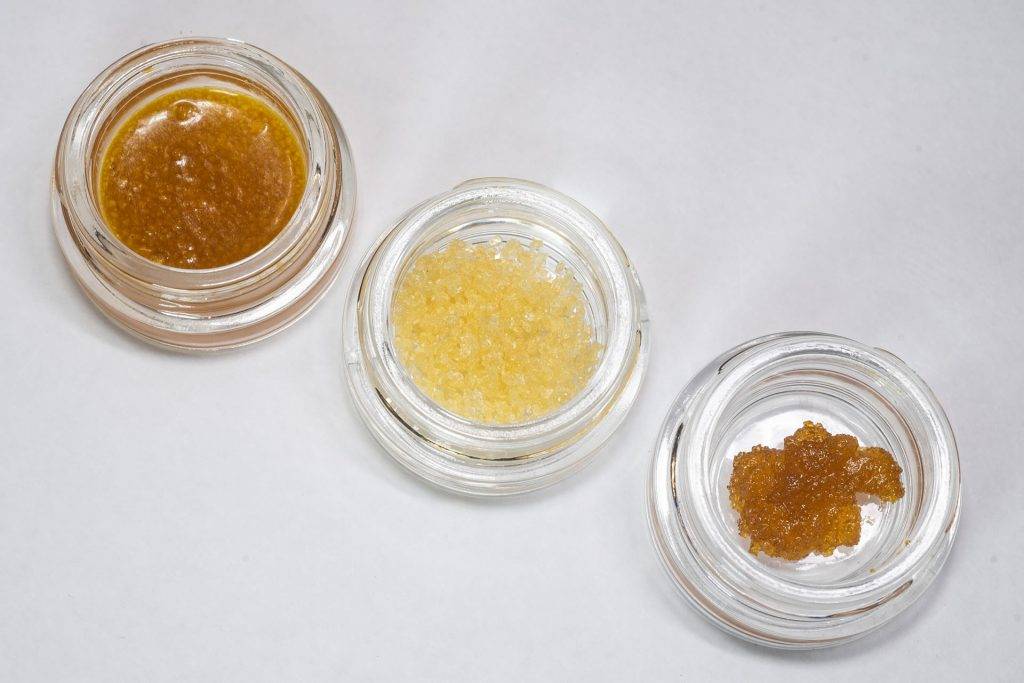Introduction to Sativa Weed
Sativa weed is a cannabis plant known for its uplifting and energizing effects. It is popular among those who use marijuana for recreational and medicinal purposes and is often used to help focus, creativity, and motivation.
What is Weed?
Weed, also known as marijuana or cannabis, is a psychoactive medicine derived from the cannabis plant. It is typically consumed for its psychoactive and physiological effects, including altered states of consciousness, relaxation, and euphoria.
What is Sativa Weed?
Sativa weed is a type of cannabis plant that is native to warm, tropical regions. It is known for its tall, thin plants and narrow leaves and is typically grown outdoors. Sativa strains are commonly known for their energizing and uplifting effects, which can make them popular among those looking to enhance their mood or increase focus and creativity.
Sativa vs Indica vs Hybrid
There are three cannabis plants: Indica, Sativa, and hybrid. Indica strains are widely known for their relaxing and soothing effects and are often used to help with stress and anxiety. Sativa strains are known for their energetic and uplifting products and are often used to help focus and creativity. Hybrid strains are a combo of both Indica and Sativa and can provide both relaxing and energizing effects.
What are the physical characteristics of Sativa Weed?
Sativa weed is known for its tall, thin plants and narrow leaves. The plants can grow to be very tall, sometimes reaching heights of over 20 feet. The leaves are typically thin and narrow and are a lighter shade of green than those of Indica strains. The buds of Sativa strains are also typically smaller and less dense than those of Indica strains.
Effects of Sativa Weed
Sativa weed is known for its uplifting and energizing effects. It can help increase focus and motivation and enhance creativity and productivity. Sativa strains are often used to help with depression and anxiety and may also relieve chronic pain. It is necessary to note that the effects of Sativa weed can vary significantly from person to person and may also depend on the specific strain and the method of consumption. Some people may find that Sativa strains cause anxiety or paranoia, primarily if they are not used to the effects of marijuana. Using Sativa weed responsibly and being aware of any potential side effects is essential.
Medical benefits of Sativa Weed
Sativa weed has been shown to have several potential medical benefits. Some of the possible medical uses of Sativa strains include:
- Reducing anxiety and depression: Sativa strains are commonly known for their heightening and energizing effects, which help to reduce feelings of anxiety and depression.
- Increasing focus and productivity: Sativa strains may help increase focus and motivation, making them useful for those with attention deficit disorders or those who need to be productive during the day.
- Alleviating chronic pain: Some studies have suggested that Sativa strains may relieve chronic pain, including pain associated with conditions like fibromyalgia and multiple sclerosis.
- Reducing inflammation: Some research has suggested that Sativa strains may have anti-inflammatory effects, making them helpful in treating conditions such as arthritis and Crohn’s disease.
It is necessary to note that the medical benefits of Sativa weed are still being studied, and additional research is required to understand the potential uses of this type of cannabis fully.
Side effects of Sativa Weed
Like any drug, Sativa weed can have potential side effects. Some of the possible side effects of Sativa weed include:
- Dry mouth: Sativa weed can cause dry mouth, also known as cottonmouth. This can be relieved by drinking plenty of fluids.
- Dry eyes: Sativa weed can also cause dry eyes, which can be relieved by using artificial tears or over-the-counter eye drops.
- Paranoia: Some people may experience paranoia or anxiety when using Sativa strains, mainly if they are not used to the effects of marijuana.
- Increased heart rate: Sativa strains may increase heart rate, which could concern those with heart conditions.
Using Sativa weed responsibly and being aware of any potential side effects is essential. Talking to a healthcare professional before using Sativa weed for medicinal purposes is also necessary.
Popular Sativa Weed strains
Some popular Sativa strains include:
- Sour Diesel: A Sativa strain known for its energizing and uplifting effects.
- Green Crack: A Sativa strain known for its energizing and focused effects.
- Super Lemon Haze: A Sativa strain known for its citrusy flavor and uplifting effects.
- Jack Herer: A Sativa strain named after the legend, cannabis activist, and author of “The Emperor Wears No Clothes,” known for its uplifting and creative effects.
- Durban Poison: A pure Sativa strain known for its energizing and uplifting effects.
How to take cannabis
There are several ways to consume cannabis, including:
- Smoking: Cannabis can be smoked using a pipe, bong, or rolled in a joint or blunt.
- Vaping: Cannabis can be vaporized using a vaporizer, which heats the cannabis to a temperature where it releases its active compounds without combustion.
- Edibles: Cannabis can be added to food and drinks to create edibles, which are then ingested. Edibles can take longer to take effect than other methods of consumption.
- Oils and tinctures: Cannabis can be extracted into oils and tinctures, taken orally, or added to food and drinks.
- Topicals: Cannabis can be applied topically in creams, lotions, or balms, which can help with pain or skin conditions.
It is necessary to know the dosage and strength of any cannabis product and to start with a low dose if trying a new product or method of consumption. It is also necessary to know the laws regarding cannabis use in your area.
How to grow marijuana
Growing marijuana can be a rewarding hobby, but it does require some knowledge and effort. Here are some steps to follow when growing marijuana:
- Choose a location: Find an area with plenty of sunlight and a stable temperature. Indoor may require the use of grow lights.
- Choose a strain: Decide on the marijuana you want to grow. Sativa strains are known for their energetic and uplifting effects, while indica strains are known for their relaxing and soothing effects.
- Germinate the seeds: Start germination by drenching them in water for a few days until they sprout. Then, plant the seeds in soil or a starter cube.
- Transplant the seedlings: Once they have sprouted and grown a few inches high, transplant them into large pots or the ground if you are growing outdoors.
- Provide proper care: Water and fertilize the plants regularly and ensure they receive enough light. Monitor plants for pests and diseases and take critical action if needed.
- Harvest the buds: Once the buds have matured and the trichomes (sticky, resin-like glands on the buds) have turned amber, the plants are ready to be harvested. Chop the plants down and hang them upside down to dry.
- Dry and cure the buds: After they have dried, cure them by storing them in airtight containers in a very cool, dark place for several weeks to allow the buds to develop their flavor and potency fully.
How to dry and cure weed
After harvesting your marijuana plants, the buds must be dried and cured to develop their flavor and potency fully. Here are some steps to follow when drying and curing weed:
- Trim the buds: Before drying, remove any large fan leaves from the buds.
- Hang the buds to dry: Hang the buds upside down in a well-ventilated area with low humidity and a stable temperature. Avoid exposing the buds to direct sunlight or heat.
- Check the moisture content: After a few days, the buds should be dry to the touch but still slightly pliable. If the stems snap easily, the buds are too dry. The buds need more time to dry if the stems bend without breaking.
- Cure the buds: Once they are dry, cure them by storing them in airtight containers in a very cool, dark place for several weeks. Check on the buds periodically and remove any buds that show signs of mold.
How to properly store cannabis
Proper storage of cannabis can help to preserve its potency and freshness. Here are some tips for storing cannabis:
- Store in a cool, dark place: Cannabis should be stored in a very cool, dark place to avoid exposure to light and heat, which can degrade the quality of the cannabis.
- Use airtight containers: Airtight containers, such as glass jars or vacuum-sealed bags, can help to preserve the freshness of the cannabis by protecting it from oxygen and humidity.
- Avoid humidity: Too much moisture can lead to mold growth on the cannabis, so storing it in a place with low humidity is essential. A humidity pack, such as a Boveda pack, can be added to the storage container to help maintain the proper humidity level.
- Avoid exposing cannabis to strong odors: Cannabis can absorb odors from other substances, so it is essential to store it in a place where it will not be disclosed to strong odors.
Marijuana flowers vs. other cannabis products
Marijuana flowers, also known as buds, are dried and cured parts of the cannabis plant that are typically used for smoking or vaporizing. These flowers contain the highest concentration of active compounds, including THC and CBD, which are responsible for the psychoactive and medicinal effects of cannabis.
Other cannabis products, such as edibles, oils, and topicals, are made from the flowers or the oil extracted from the flowers. These products can offer different effects and may be preferred by those who do not want to smoke or vaporize the flowers.
Where can I buy weed in Canada?
It is necessary to know the laws and regulations regarding cannabis use and possession in your area. In Canada, recreational cannabis is legal for adults over the age of 19 and is available for purchase at licensed retail stores and online through authorized retailers. Medical cannabis is also available for those with a prescription from a healthcare provider.



